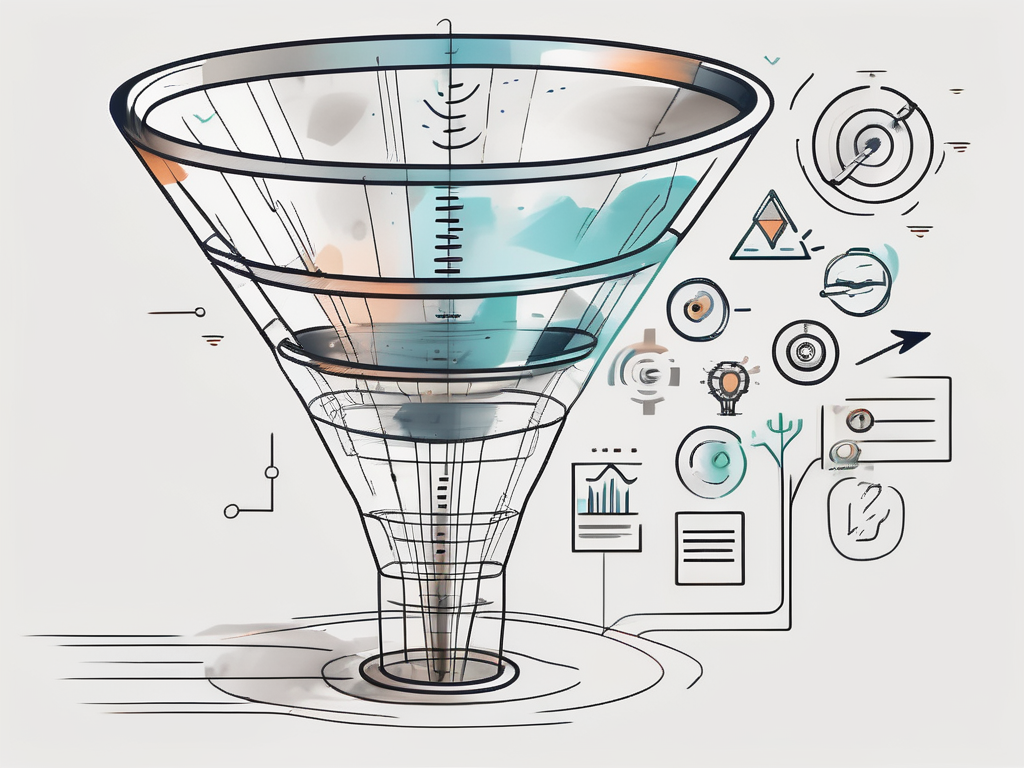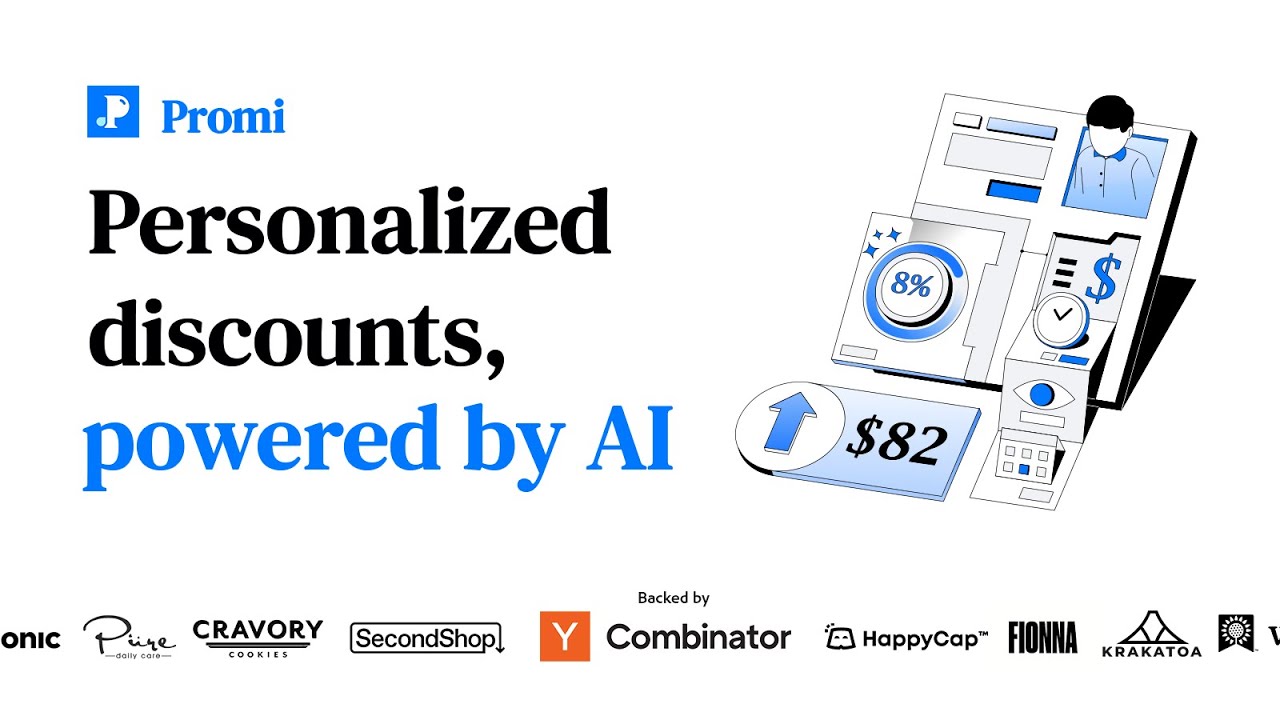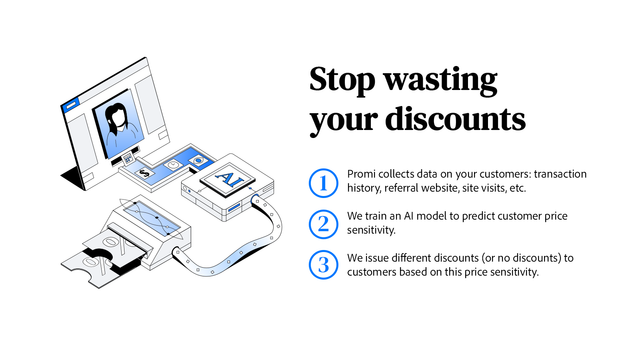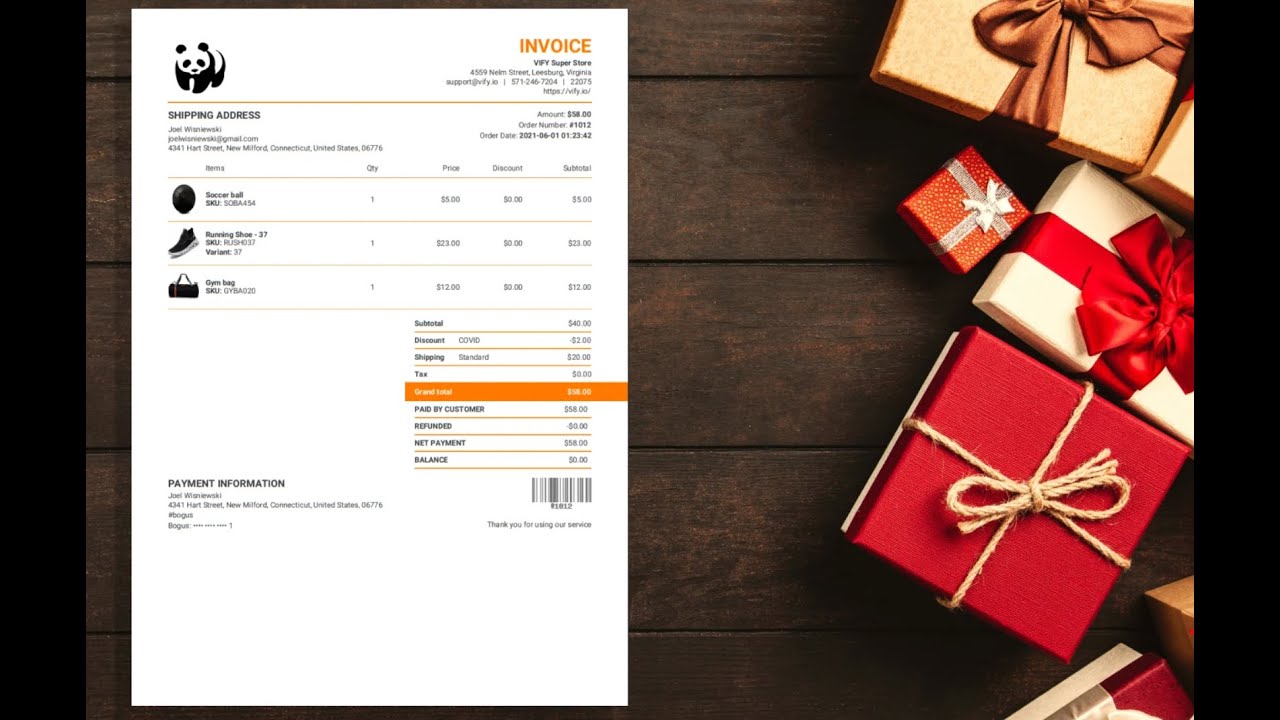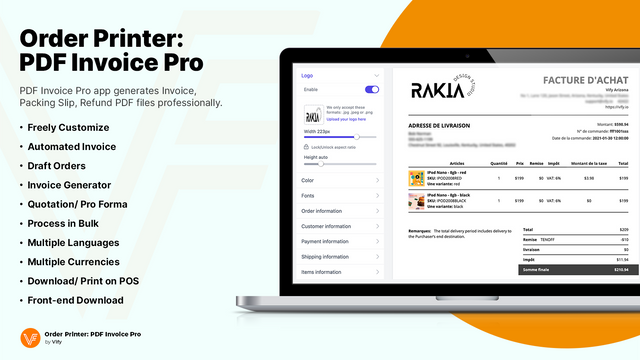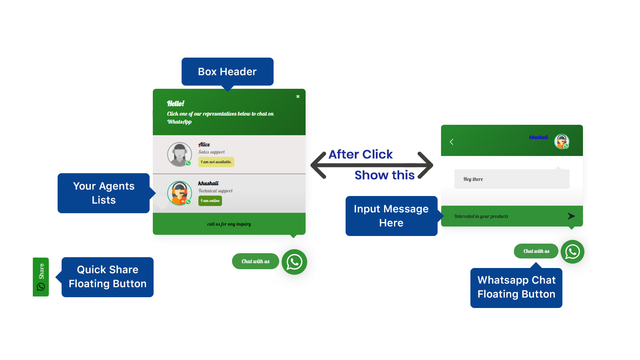Website conversion optimization is a crucial aspect of running a successful online business. It involves implementing strategies and techniques to improve the percentage of visitors who take the desired action on your website, whether it's making a purchase, submitting a form, or signing up for a newsletter. In this ultimate guide, we will explore the ins and outs of website conversion optimization, its key elements, techniques, and how to measure its success.
Understanding Website Conversion Optimization
Before diving into the details, it's important to have a clear understanding of what website conversion optimization is all about. Put simply, it is the process of enhancing your website's performance to maximize the number of visitors who convert into customers or take a desired action. By optimizing your website, you can make it more enticing, user-friendly, and persuasive.
Website conversion optimization goes beyond just attracting visitors to your site. It focuses on improving the overall user experience and guiding visitors towards specific actions that align with your business goals. Whether it's making a purchase, filling out a form, or subscribing to a newsletter, conversion optimization aims to increase the likelihood of visitors taking these desired actions.
What is Website Conversion Optimization?
Website conversion optimization refers to the systematic approach of improving your website's conversion rate. The conversion rate is the percentage of visitors who complete the desired action, such as making a purchase or filling out a form, out of the total number of visitors to your site. By implementing various techniques and strategies, you can increase the conversion rate and ultimately boost your business's success.
Conversion optimization involves analyzing user behavior, conducting A/B tests, and making data-driven decisions to optimize different elements of your website. These elements can include the design, layout, copywriting, calls-to-action, and overall user flow. By continuously testing and refining these elements, you can identify what works best for your target audience and improve the chances of converting visitors into customers.
Importance of Conversion Optimization
Conversion optimization is essential for several reasons. Firstly, by increasing your website's conversion rate, you can get more value out of your existing traffic. Instead of solely focusing on driving more visitors, conversion optimization allows you to make the most out of the visitors you already have. This can lead to higher revenue and a better return on investment for your marketing efforts.
Secondly, conversion optimization helps enhance user experience, making your website more attractive and user-friendly. By understanding your audience's needs and preferences, you can create a seamless and enjoyable browsing experience. This can lead to increased trust and loyalty from your audience, as they are more likely to engage with a website that meets their expectations.
Lastly, conversion optimization can significantly impact your bottom line by increasing sales, generating leads, and improving overall business performance. By fine-tuning your website to better align with your target audience's needs, you can create a persuasive and compelling online presence that encourages visitors to take action. This can result in higher conversion rates, increased revenue, and a stronger competitive advantage in your industry.
Key Elements of Conversion Optimization
To effectively optimize your website for conversion, it's important to consider several key elements. These elements work together to create a compelling user experience and encourage visitors to take the desired action.
Conversion optimization is a multifaceted process that involves various strategies and techniques. By focusing on the following key elements, you can significantly improve your website's conversion rates and achieve your business goals.
Landing Page Design
The design of your landing pages plays a crucial role in determining whether visitors convert or bounce away. A well-designed landing page should be visually appealing, easy to navigate, and optimized for conversions.
When designing your landing page, consider the color scheme, typography, and overall layout. These elements should align with your brand identity and create a positive first impression. Additionally, ensure that your landing page is mobile-friendly, as an increasing number of users access websites through their smartphones and tablets.
In addition to aesthetics, the content on your landing page is equally important. It should have a clear and concise headline that grabs the visitor's attention and communicates the value proposition of your product or service. Compelling copy that highlights the benefits and features of your offering can further persuade visitors to take action.
Furthermore, a strong call to action (CTA) is essential for conversion optimization. Your CTA should be prominently displayed and clearly communicate the desired action. Whether it's a button that says "Buy Now," "Sign Up," or "Get Started," the language should be persuasive and compelling.
Call to Action Strategies
A call to action (CTA) is a prompt that encourages visitors to take a specific action, such as clicking a button, making a purchase, or filling out a form. Effective CTA strategies involve using persuasive language, creating a sense of urgency, and placing CTAs strategically throughout your website.
One strategy is to use action-oriented verbs that compel visitors to act immediately. For example, instead of using a generic "Submit" button, you could use "Get Your Free Trial Now" or "Start Your Journey Today." By using strong and specific language, you can increase the likelihood of conversion.
Another effective technique is to create a sense of urgency. Limited-time offers, countdown timers, and exclusive deals can create a fear of missing out (FOMO) and prompt visitors to take action sooner rather than later.
Strategic placement of CTAs is also crucial. They should be easily visible and strategically placed throughout your website, such as at the end of blog posts, in the sidebar, or on the homepage. By providing multiple opportunities for visitors to convert, you increase the chances of capturing their attention at the right moment.
User Experience and Navigation
User experience (UX) is a critical aspect of conversion optimization. Your website should be easy to navigate, visually appealing, and provide a seamless browsing experience.
Optimizing load times is essential to prevent visitors from getting frustrated and leaving your site. Slow-loading pages can significantly impact conversion rates, so it's important to optimize images, minimize code, and leverage caching techniques to improve website speed.
Another important aspect of user experience is simplifying the checkout process. If you have an e-commerce website, a complicated and lengthy checkout process can lead to cart abandonment. Streamlining the process by minimizing form fields, offering guest checkout options, and providing multiple payment methods can significantly improve conversion rates.
Furthermore, ensuring that your website is mobile-responsive is crucial. With the increasing use of smartphones and tablets, a significant portion of website traffic comes from mobile devices. If your website is not optimized for mobile, visitors may have a poor experience, leading to high bounce rates and low conversions.
Additionally, consider the overall navigation of your website. A clear and intuitive navigation menu helps visitors find the information they need quickly and easily. Implementing breadcrumb navigation, search functionality, and a well-organized site structure can enhance the user experience and encourage visitors to explore more of your website.
By focusing on these key elements of conversion optimization, you can create a website that not only attracts visitors but also compels them to take the desired action. Remember, conversion optimization is an ongoing process, so regularly analyze data, conduct A/B tests, and make iterative improvements to continually enhance your website's performance.
Conversion Optimization Techniques
Now that we've covered the key elements, let's delve into some specific techniques you can use to optimize your website for conversions.
A/B Testing for Conversion Optimization
A/B testing involves comparing two versions of a web page to determine which one performs better in terms of conversions. By testing different elements such as headlines, images, CTAs, and layout variations, you can identify what works best for your audience and implement changes accordingly.
Multivariate Testing
Multivariate testing takes A/B testing a step further by testing multiple changes simultaneously. This allows you to evaluate various combinations of elements and determine the most effective combination for boosting conversions.
Personalization and Segmentation
Personalization involves tailoring your website's content and offers to specific segments of your audience based on their demographics, behavior, and preferences. By delivering personalized experiences, you can increase engagement and conversions by providing targeted messaging and relevant offers.
Measuring Conversion Optimization Success
Measuring the success of your conversion optimization efforts is crucial to understanding what works and what doesn't. There are several key performance indicators (KPIs) that can help you track and evaluate the effectiveness of your optimization strategies.
Key Performance Indicators (KPIs)
Conversion rate, average order value, bounce rate, and cart abandonment rate are some of the KPIs you should monitor to assess the success of your conversion optimization efforts. By regularly analyzing these metrics, you can identify areas for improvement and make data-driven decisions to optimize your website further.
Conversion Rate Calculation
The conversion rate is calculated by dividing the number of conversions by the total number of visitors and multiplying the result by 100. Tracking your conversion rate over time allows you to identify trends and measure the impact of your optimization strategies.
Analyzing Conversion Data
It's essential to analyze your conversion data regularly to gain insights into visitor behavior, identify any bottlenecks or areas for improvement, and make informed decisions to optimize your website. By leveraging tools like Google Analytics, you can track user journeys, behavior patterns, and conversion funnels to gain valuable insights.
In conclusion, website conversion optimization is a multifaceted process that requires careful planning, testing, and continuous analysis. By understanding the key elements, implementing effective techniques, and measuring your success, you can optimize your website for maximum conversions and drive the growth of your online business.
Ready to take your Shopify store to the next level? Let Owlfred, your wise owl companion from OwlMix, guide you through our extensive directory of Shopify apps. With our tailored search experience, you can effortlessly "find your next Shopify app" to optimize your store's performance. Whether you're seeking to enhance user experience, boost your marketing strategy, or streamline operations, our curated selection is designed to meet your specific needs. Find your next Shopify app today and watch your e-commerce success take flight!


